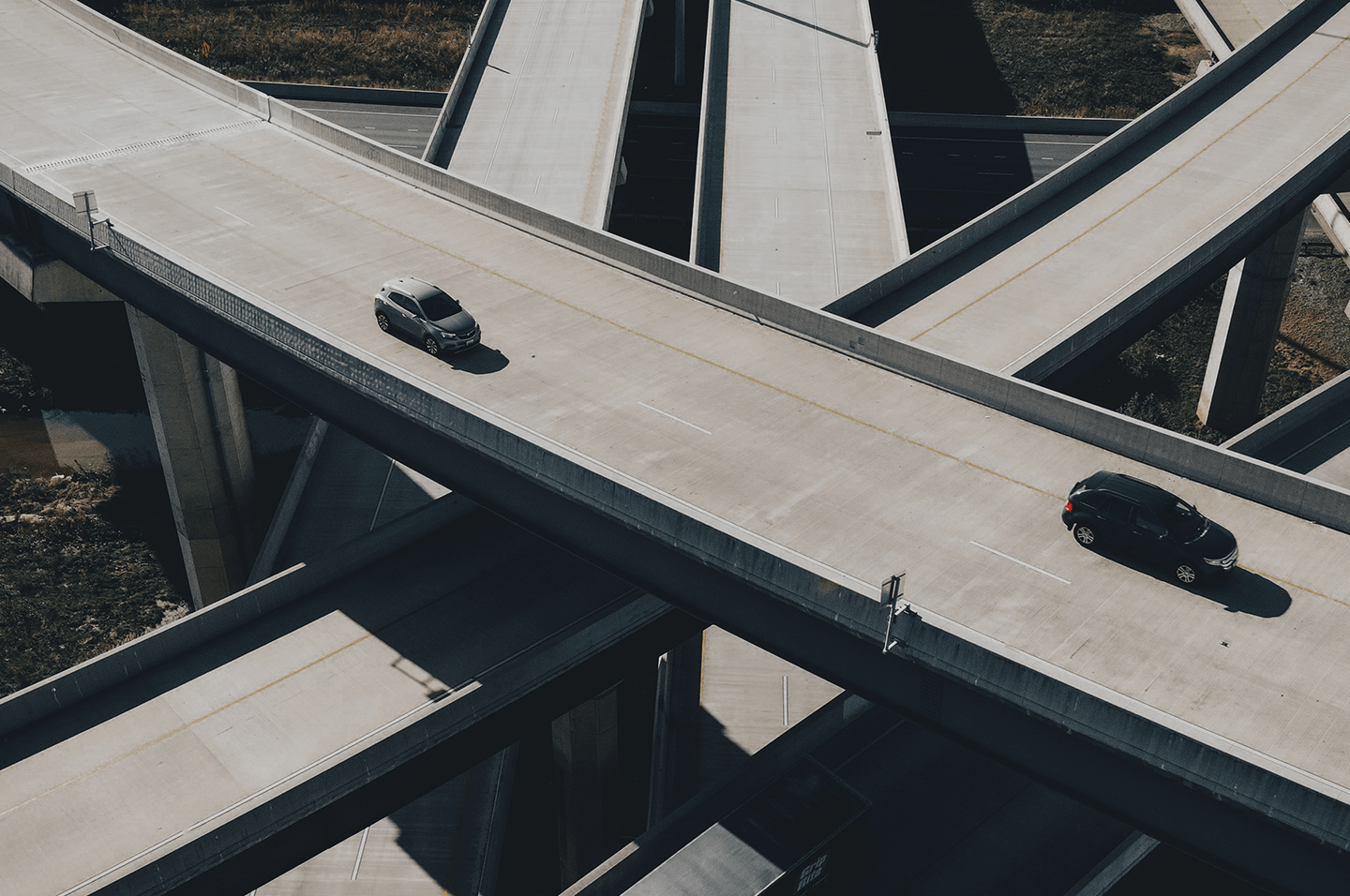
Interstate
The US interstate highway system connects every major city in every state. 75,000km of highway may have paid the greatest dividends of any government investment.
75,000km of road across 70 highways connects every major mainland city in the US. The I-95 runs all the way from the Canadian border to Miami; the I-90 from Boston to Seattle. With just a couple of clicks on the indicator, commuters can essentially reach anywhere in the US. Known as the Interstate Highway System, perhaps no infrastructure project affected the American way of life more significantly.
Following WWII, President Eisenhower set out to connect the nation. In 1956 construction began and by the early 1970s, the majority of Interstates had been built.
Let’s zoom out and understand just how impressive this is. Sure, every country has a highway system but the US has 70 vertical and horizontal roads connecting a whole continent. It is one of the most far-reaching in the world. The Interstate’s construction led to suburbanisation, increased business between states, increased US tourism and so much more.
Despite making up just 2.5% of US roads, they carry 25% of car traffic and 50% of all truck traffic. This flows through to impact business, trade and housing significantly. To start, the Interstate drops travel times between cities by about 18%.
Moreover, a study from Yale found that the Interstate system has increased the value of farmland further from cities and decreased the value of central land. For every 1% increase in proximity to a local market, land prices in rural areas increase by almost 0.3%. Of course, a highway connecting a farm to a city increases access considerably more than just 1%.
The Interstate also changed where Americans lived. From 1950-1990, urban populations increased by 72% but inner-city populations dropped by 17%; people were moving to suburbs further and further from central business districts in search of bigger homes and yards knowing the roads could deliver them anywhere in much less time.
In a past edition of the Wrap, we have analysed the cost to build roads. It appears a worthwhile investment but is astronomically expensive. A mile of 2-lane highway built in an urban area costs state governments around US$5m. The 6-lane Interstate roads cost governments up to US$11m per mile.